Digital Cinematography: A New Era in the Evolution of Filmmaking
In the realm of film production, few innovations have been as transformative as the advent and subsequent evolution of digital cinematography.


In the realm of film production, few innovations have been as transformative as the advent and subsequent evolution of digital cinematography. This groundbreaking shift not only altered the way films are made but also redefined the aesthetic aspects of cinema, reshaping the visual storytelling landscape.
The Advent of Digital Cameras in Film Production
The emergence of the digital camera marked a new era in film production. George Lucas' "Star Wars Episode II: Attack of the Clones" (2002) was one of the first major motion pictures shot entirely with digital cameras, sparking a significant shift in the industry. These new tools, such as the Sony HDW-F900 used in Lucas' film, provided filmmakers with unprecedented flexibility and control, ultimately democratizing film production.
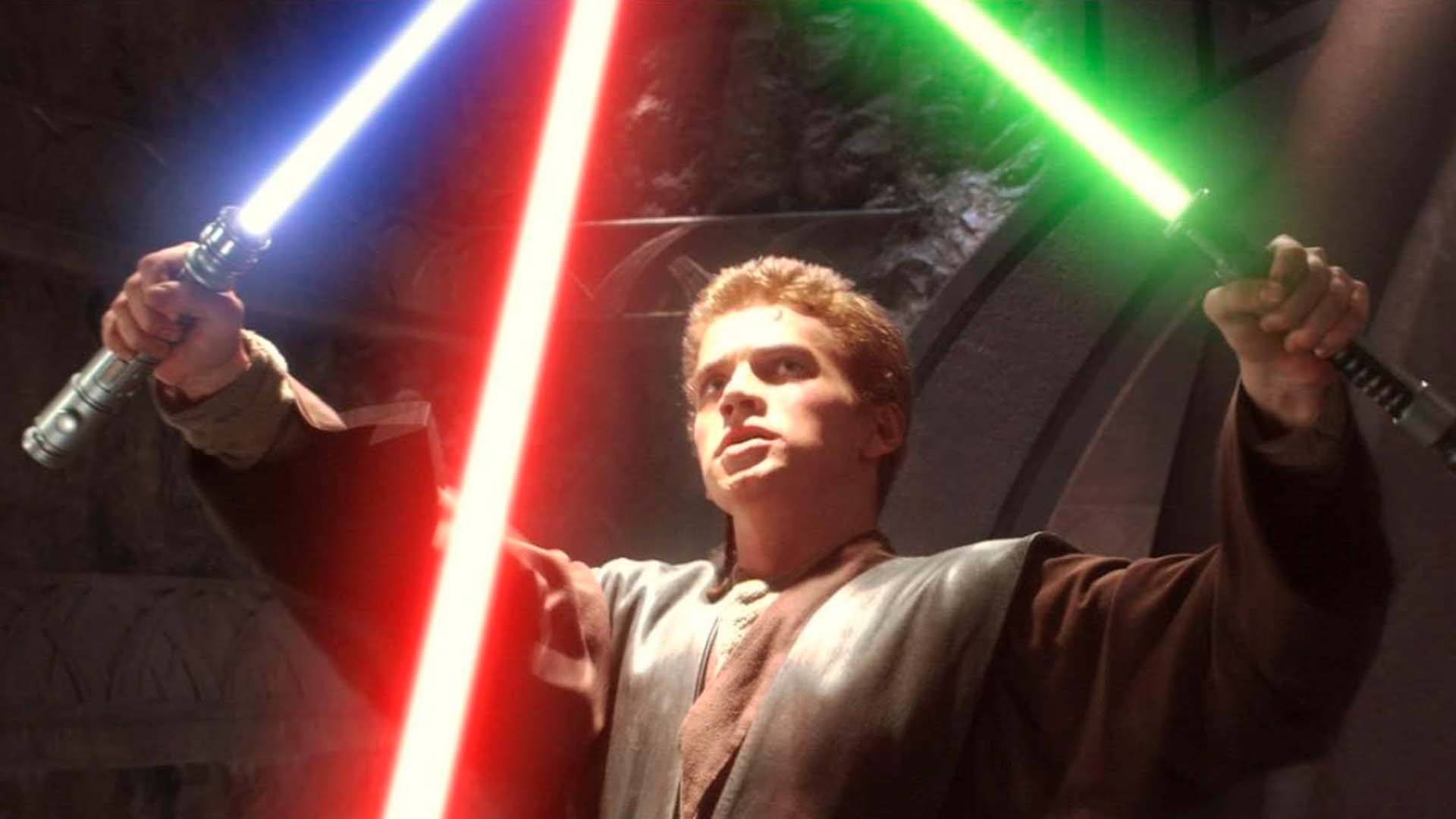
As the impact of digital cameras grew, they became accessible to independent filmmakers, allowing for the exploration of new cinematic narratives and styles. Danny Boyle's "28 Days Later" (2002), shot on a Canon XL1s digital video camera, is a case in point, illustrating how digital technology can infuse fresh energy and creativity into the realm of filmmaking.

Streamline your filmmaking process with Filmustage!
Our AI-powered tools simplify script breakdowns and pre-production, helping you focus on crafting stunning visuals and compelling stories.
High-Definition Filmmaking: A New Standard
The evolution of digital cinematography was also characterized by the transition to high-definition filmmaking. Films like "Collateral" (2004), shot primarily with Thomson Viper FilmStream Camera, helped establish the digital medium as capable of delivering high-definition imagery.
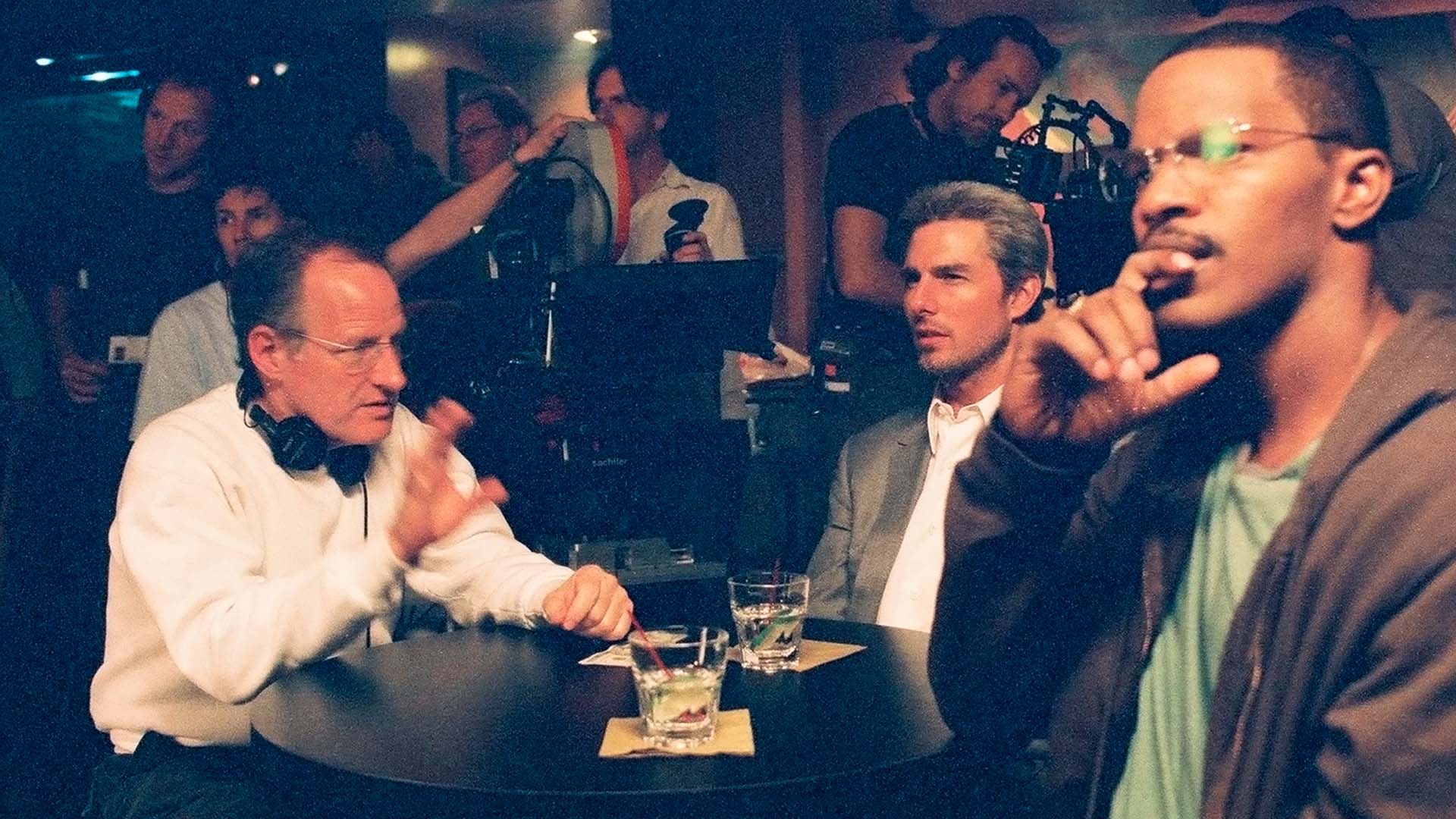
Lighting in the Digital Age
The role of lighting in digital cinematography evolved significantly with the digital revolution. With high dynamic range (HDR) now a reality, cinematographers like Roger Deakins in "Blade Runner 2049" (2017) were able to harness natural and artificial light to create visually striking sequences, challenging traditional notions of film lighting.
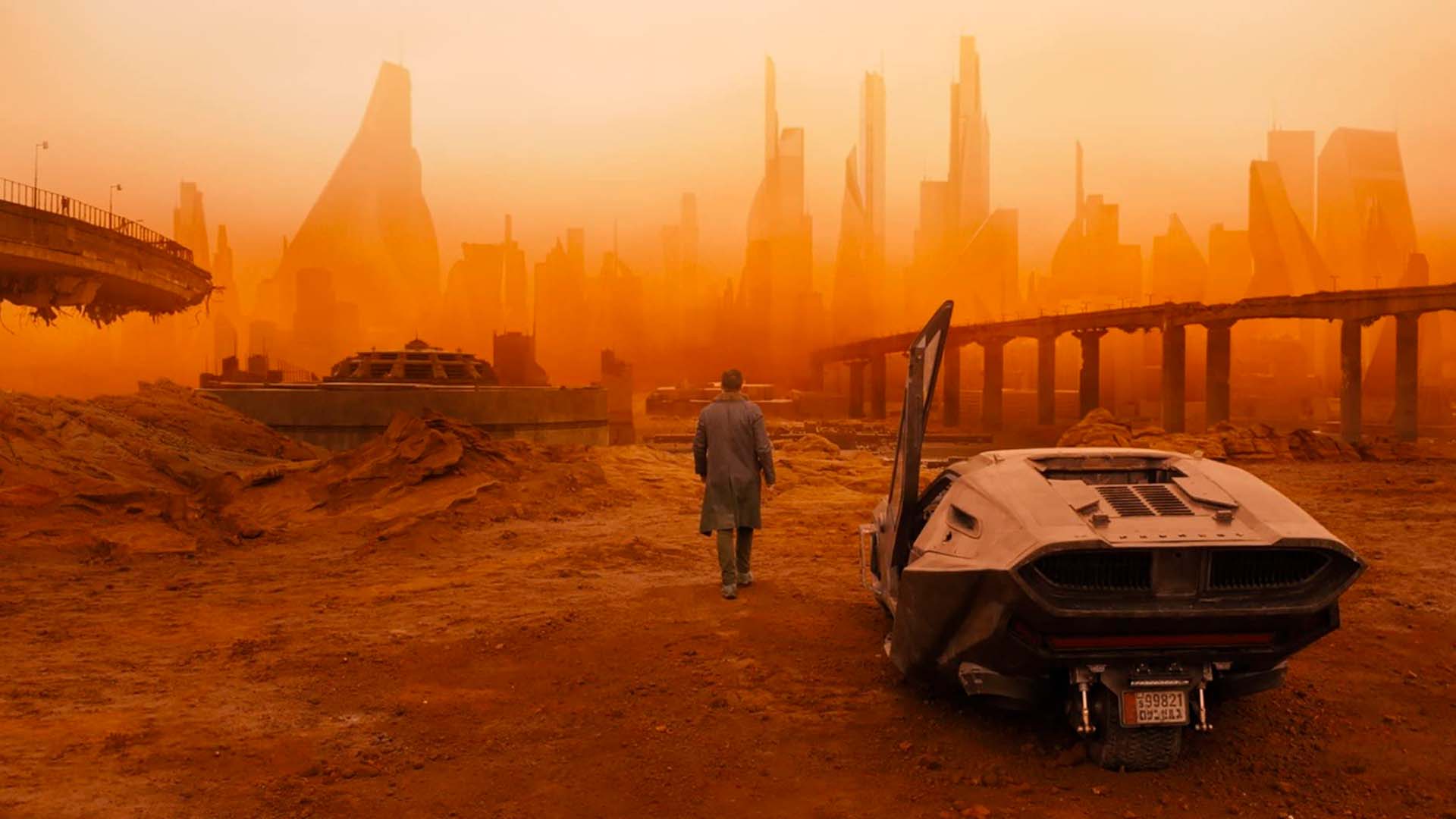
Moreover, the advent of LED lighting technology, such as the Litepanels Astra series, has revolutionized film lighting, offering cinematographers an unprecedented range of color and intensity control.
Post-Production in the Digital Era
The digital era revolutionized post-production, providing filmmakers with a greater range of tools and techniques. "Sin City" (2005), directed by Robert Rodriguez and Frank Miller, utilized digital post-production techniques to create a distinctively stylized world that mirrored its graphic novel origins.
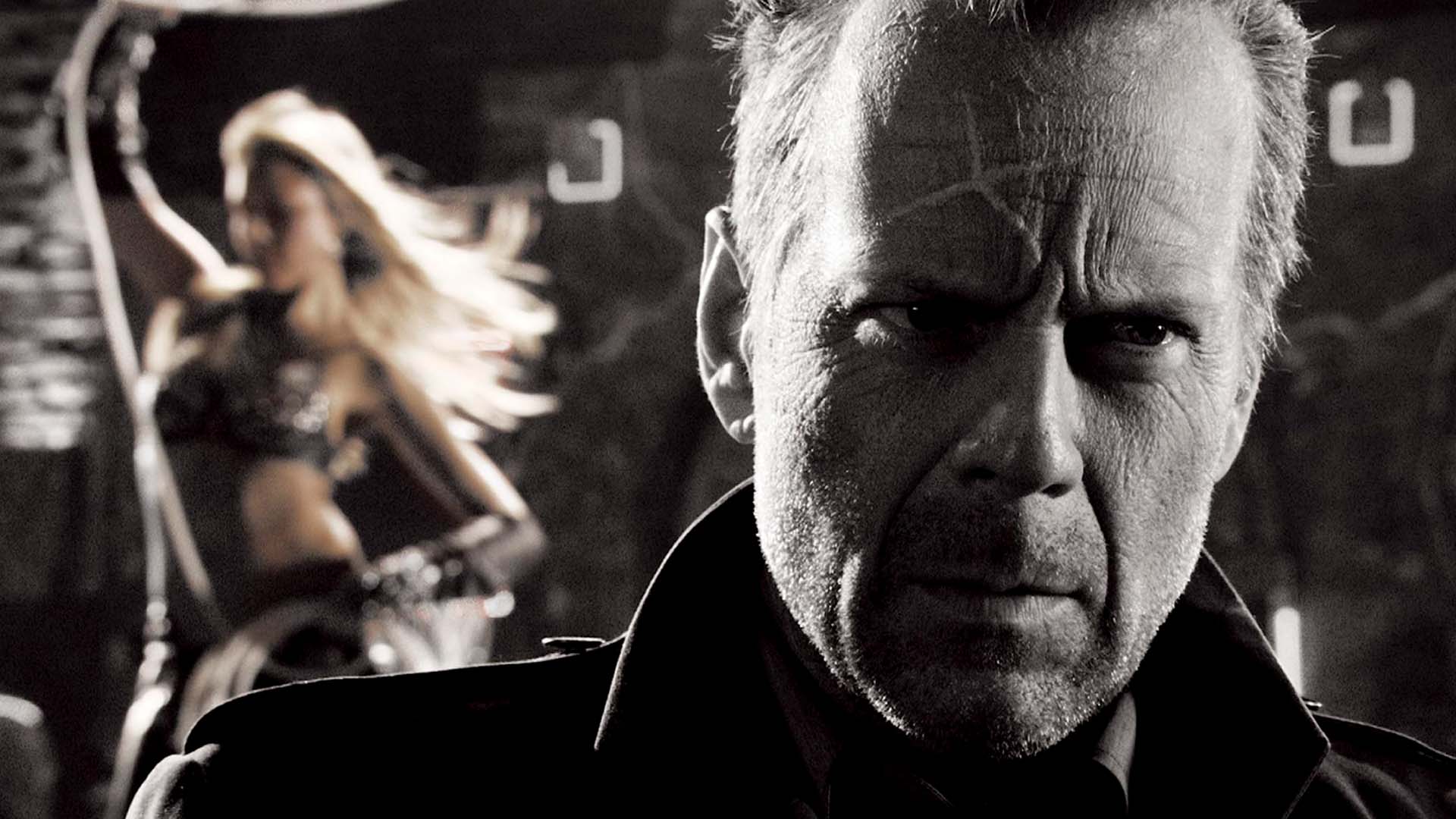
Also, the introduction of non-linear editing systems, such as Avid Media Composer and Adobe Premiere Pro, enabled more efficient workflows, leading to seamless editing processes and enhanced storytelling capabilities.
Color Grading and Visual Effects: A Digital Revolution
Color grading, once a chemical process, was transformed into a powerful storytelling tool through the digital revolution. "O Brother, Where Art Thou?" (2000), for example, was the first feature film to be entirely color graded digitally, using a process called digital intermediate.
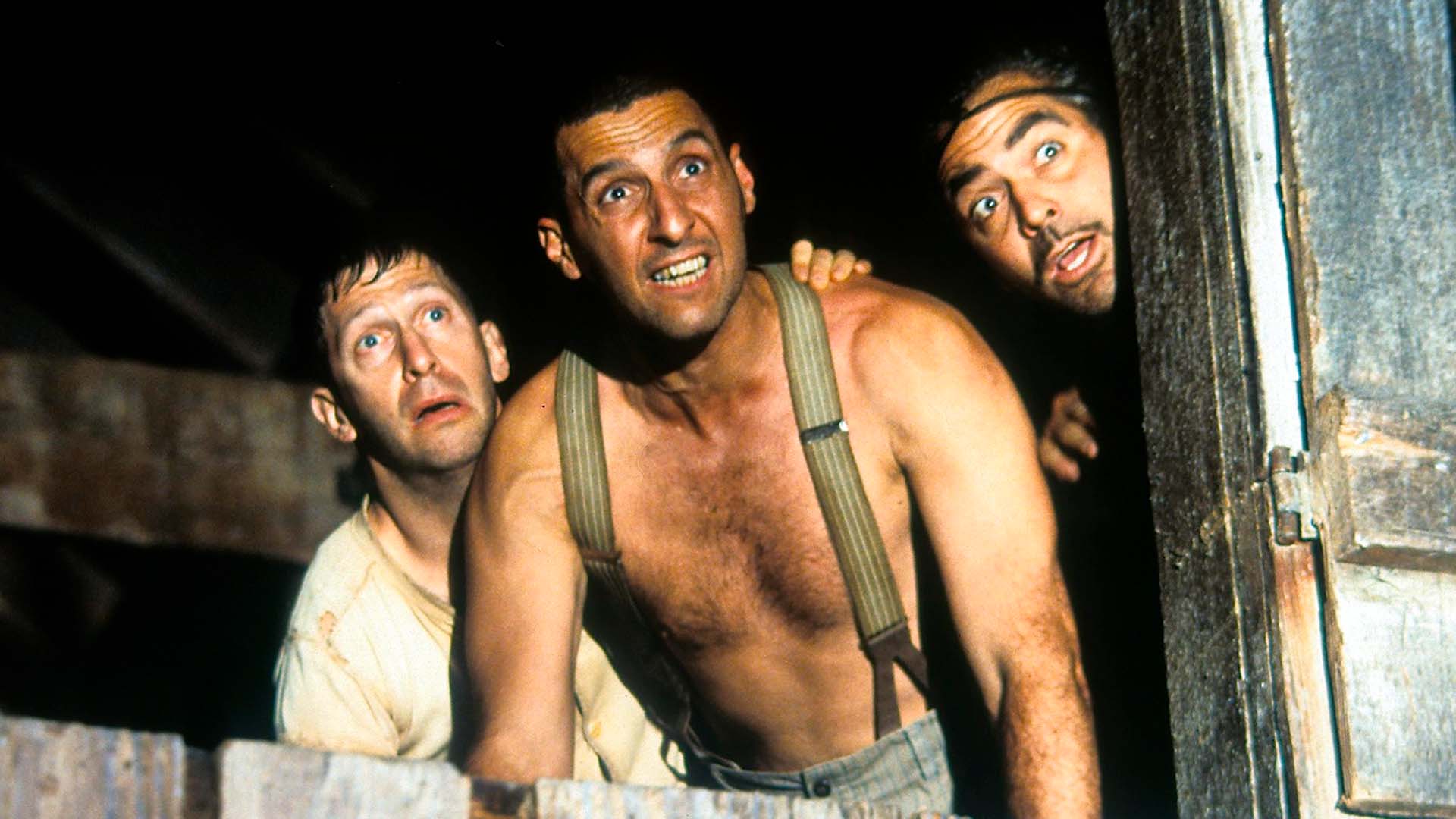
Digital cinematography also revolutionized visual effects (VFX). Films like "Life of Pi" (2012) leveraged digital VFX to an unprecedented extent, creating a surreal and immersive experience that would have been impossible with traditional film techniques. The VFX artists brought to life a fully digital character, Richard Parker, the tiger, with stunning detail and realism, proving the possibilities of what digital cinematography could achieve.
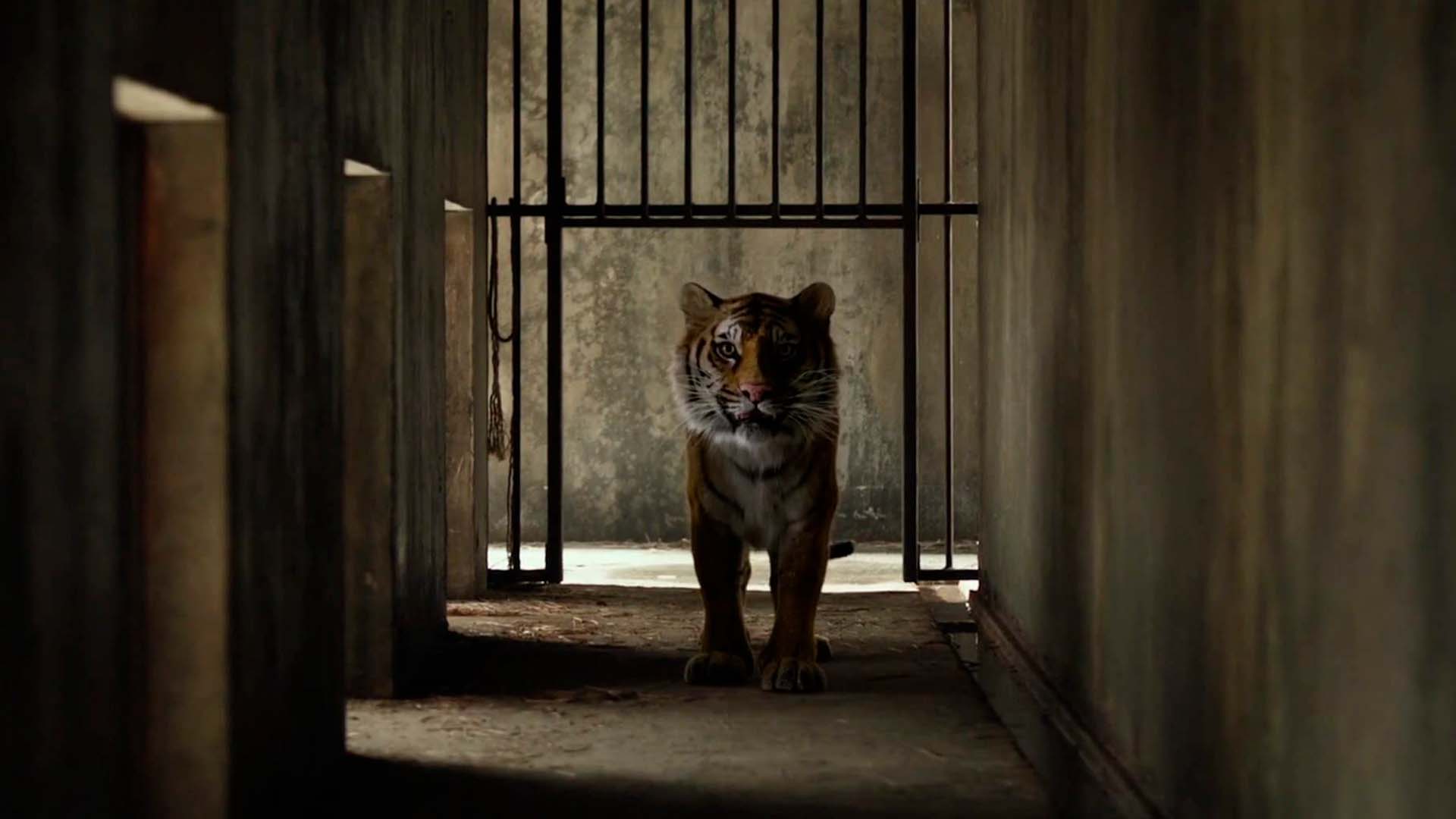
Conclusion: Reflecting on the Evolution of Digital Cinematography
The evolution of digital cinematography has revolutionized the film industry, from the advent of digital cameras and high-definition filmmaking to innovations in lighting, post-production, color grading, and visual effects. As filmmakers, we continue to push the boundaries of what is possible, thanks to the digital revolution.
Platforms like Filmustage are playing a pivotal role in this journey, offering filmmakers a suite of intuitive tools designed to streamline the pre-production process. By enhancing script breakdown, Filmustage contributes to the ongoing evolution of digital cinematography, facilitating the creation of visually stunning and emotionally engaging films in the digital era. Embracing these digital tools is a testament to our commitment to continue evolving alongside the film industry.
From Breakdown to Budget in Clicks
Save time, cut costs, and let Filmustage’s AI handle the heavy lifting — all in a single day.